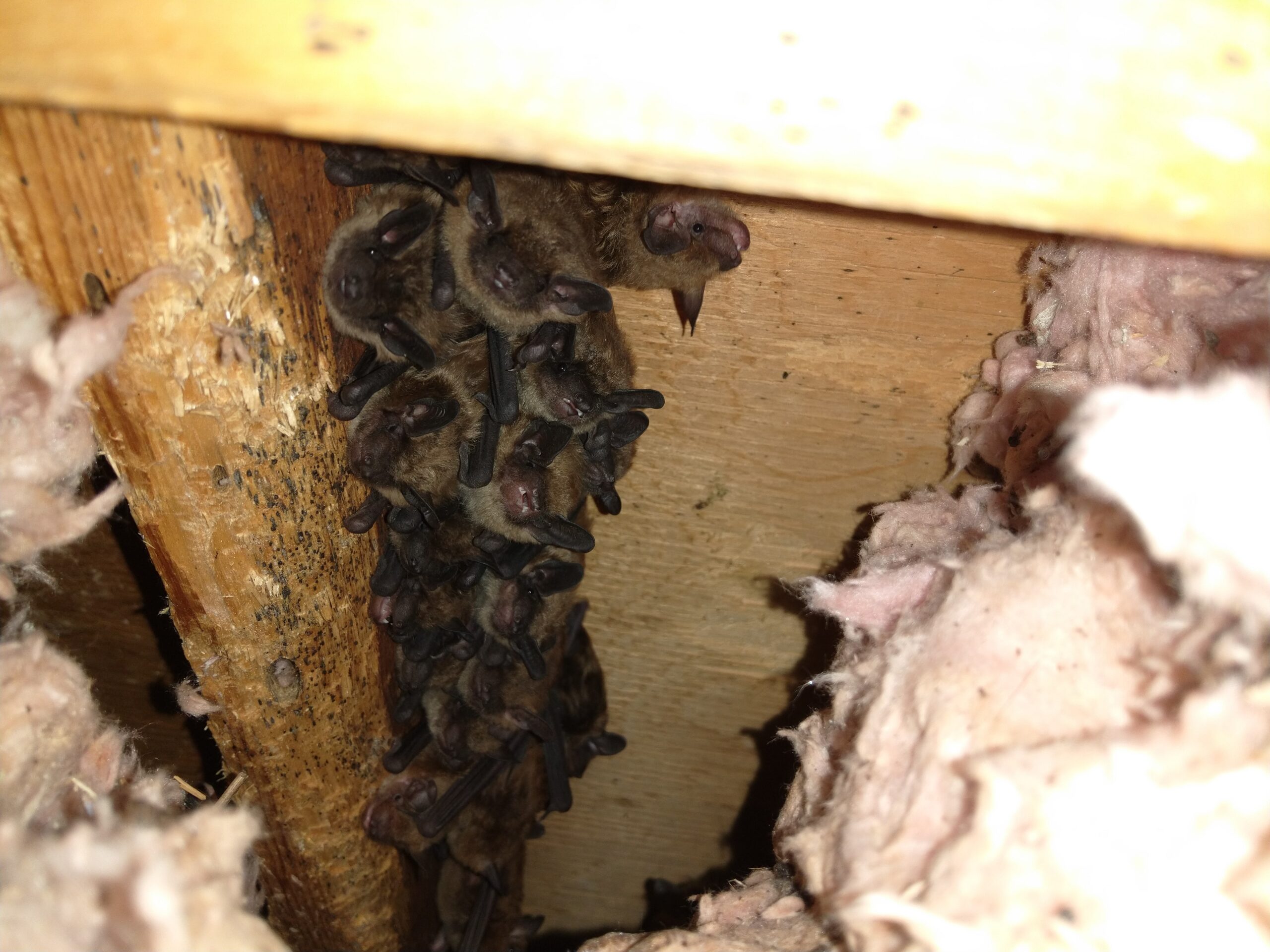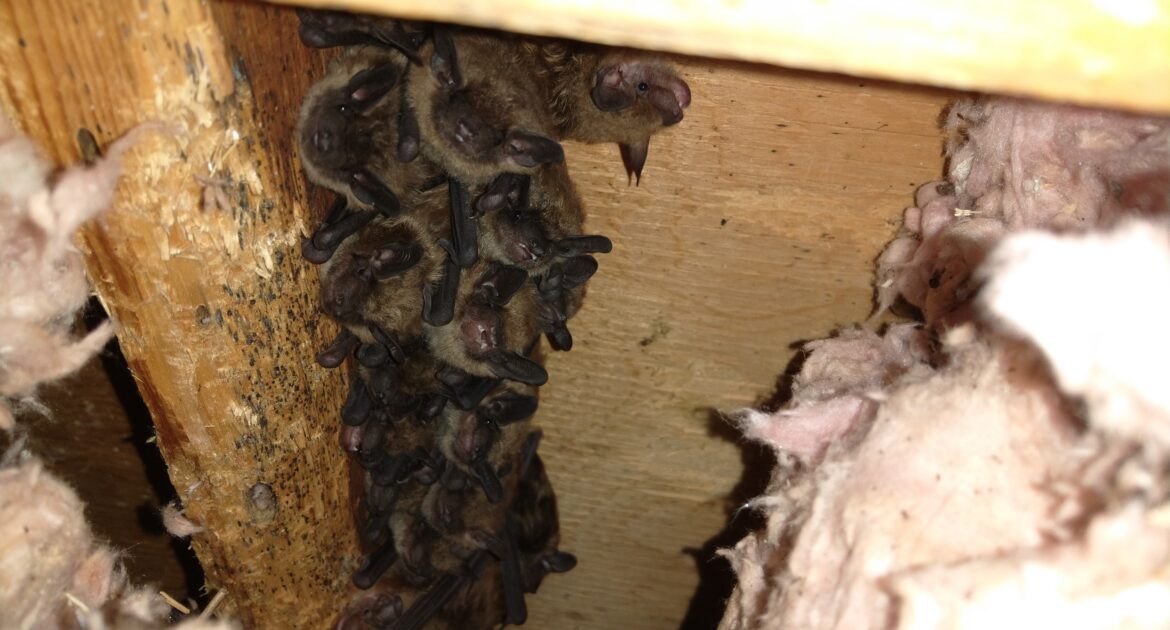When many people think of bats, the animal sends shivers down their spines. Hollywood and mythology connect bats to iconic horror roles. However, despite pop culture references, bats are necessary and beneficial to people, society, and the environment. Bats control insect populations, pollinate flowers and spread seeds. Still, despite the advantages of a local bat population, you will need to call a bat removal service if the flying critters find a way into your home.
Having bats in your home is never a good idea. While you can have them near your home in designated bat boxes, having the animal in your home presents severe health and safety risks. Unfortunately, not everyone knows when they have a bat family in their house. Therefore, it is crucial to look for the signs of something in your attic.
1. Sounds
People do not typically associate bats with a lot of noises. Bats do produce sounds, but those sounds tend to be high pitch and frequency, meaning that most people cannot hear them. However, just because a bat often uses sonar frequencies to navigate and hunt, doesn’t mean the animal is incapable of making other noises. You might hear a high-pitch screech or chirp that can resemble the sound of a bird in distress.
More often, you will hear noises related to the animal flying or moving around. Most people say they hear flapping, thumping, or scratching noises when they experience bat infestations. Because bats do not make much noise, it is often better to identify a problem by combining multiple signs.
2. Odor
As with all animals, bats need to use the bathroom on occasion. Guano and bat urine has a distinctive smell. People with experience in bat nesting and housing say the animals produce a musty smell from their excrement and urine. Unfortunately, you may not notice the odor if it is behind an attic door, especially if you do not go into the attic that often. Still, given enough time, the smell will begin to permeate through the structure.
3. Stains
Another sign of bats in your home is staining around the exterior and interior of the property. Bats can squeeze into tiny holes as small as a quarter of an inch. As the bat squeezes through these tiny openings, it can cause a grease stain from the oils on the animal’s fur and skin.
Additionally, the poor bathroom habits of bats can lead to staining. Depending on how often the animals urinate, you might eventually see staining on your ceiling. You might also notice staining on the attic flooring and ceiling from excrement, urine, and oils.
4. Flying Patterns
A bat will typically leave and return through the same opening in your home. As the openings can be incredibly small, you can watch the flying behaviors of the animal. A bat will leave your home around dusk and return to its roost before dawn. If you stand outside of your home around these times, you will likely see the critter flying away from and towards your home.
While seeing a bat flying around your home does not mean it is roosting in your home, the sight, in combination with some of the other signs on this list, are good indicators. The only way to know for sure is to contact wildlife control in Milwaukee.
Have you seen an uptick in bat activity around your home? Have you heard strange noises in the night or early morning? If so, contact Skedaddle Humane Wildlife Control and request a service call. The company will send out a qualified wildlife technician to assess the property and provide their findings and an estimate for services.




